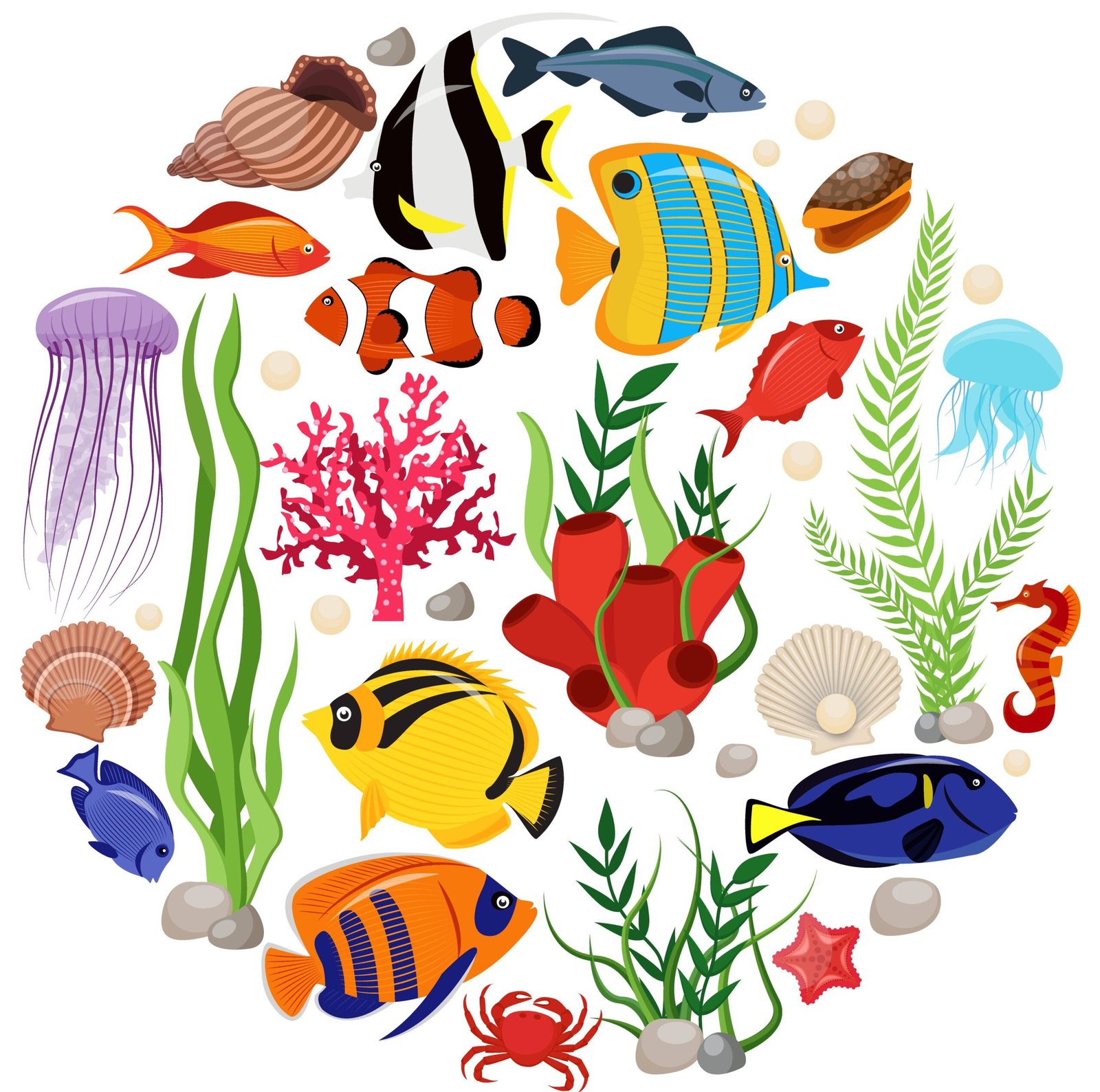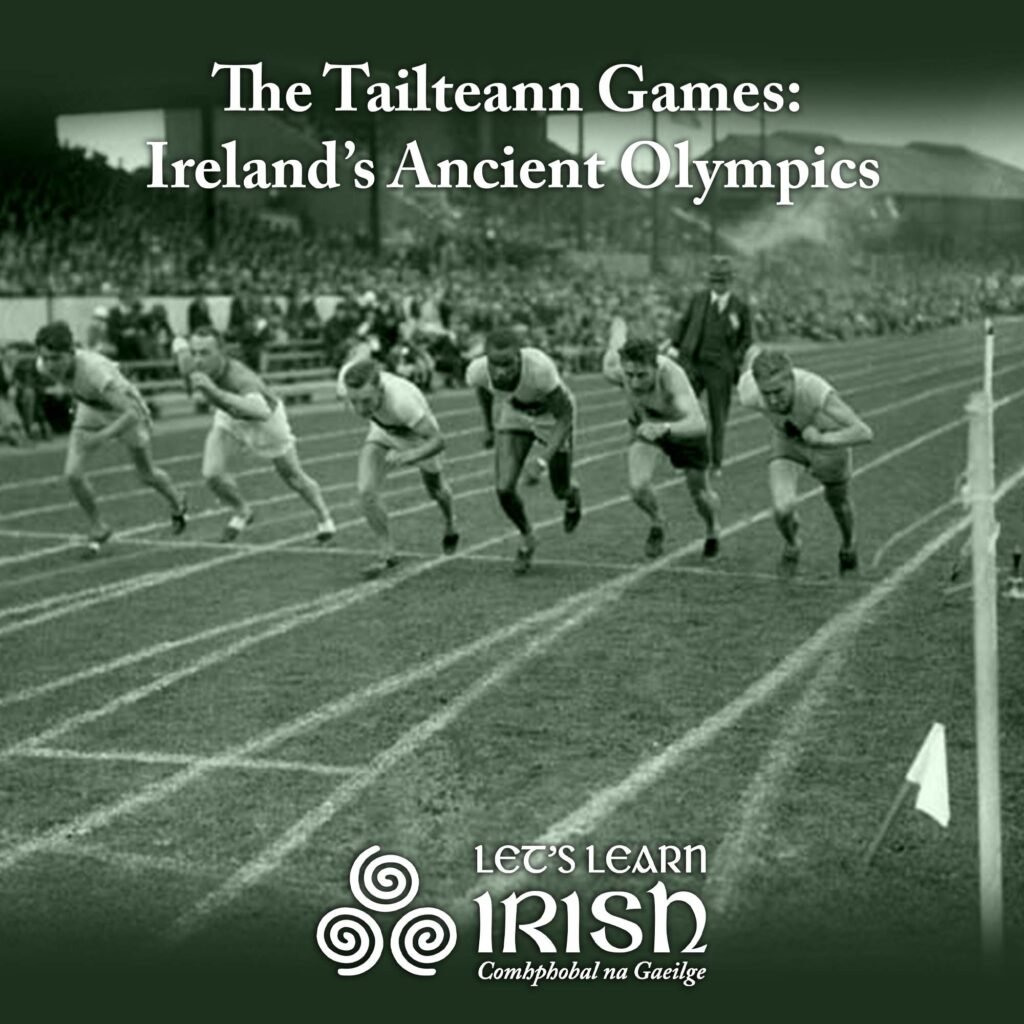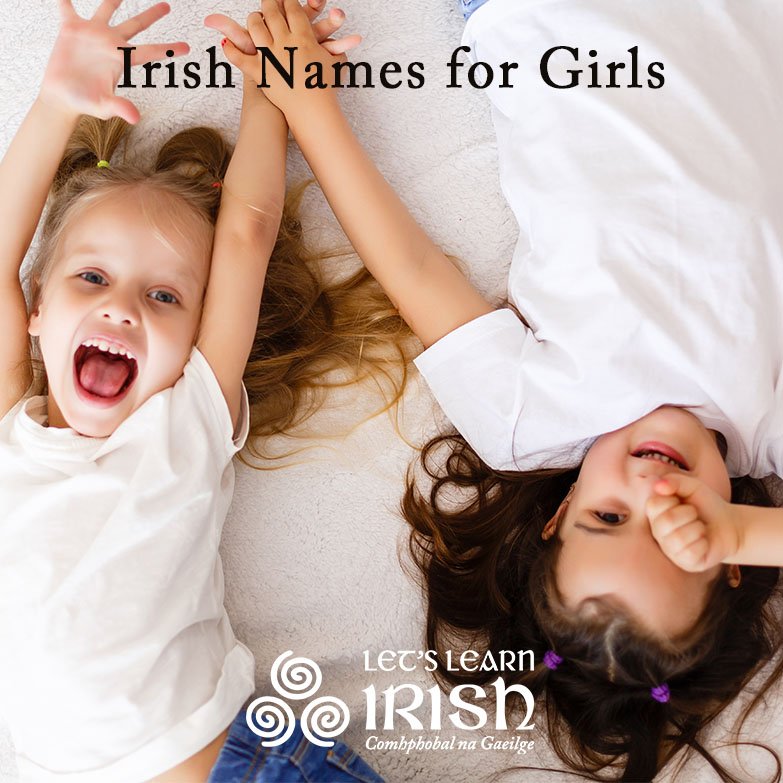Focail na Farraige – Words Describing Sea Life
On the westerly edge of Europe, surrounded by water, lies our beautiful island of Ireland. The Irish people have a very strong bond with the sea, and over many years, we have formed strong traditions associated with marine life. These established practices are intertwined with our national language, heritage, culture and coastal communities. In this article, we will look at a variety of Irish language terms as they refer to seafaring, marine life, the waves, sea weather and superstitions…
Taisteal Farraige / Seafaring

‘Húicéir na Gaillimhe’ (The Galway Hooker) is a traditional boat that comes from the Galway harbour and Conamara coastal area. For thousands of years, these báid móra (‘big boats’), also known as a ‘húicéir’, have been a working boat that has helped the poorest people thrive and survive during the hardest times of their lives. These boats were named after the hooked fishing lines used before the introduction of nets.
There are four types of húcéir, all of which depend on length and the type of rig used:
Bád Mór (Big Boat): length from 10.5 to 13.5 metres (35 to 44 feet), with decking forward of the mast.
Leathbhád (Half Boat): length approx. 10 metres (32 feet). Very similar to the Bád Mór, with decking forward of the mast; this type is known as a half-boat, because the load it can carry is roughly half of that of the bigger one.
Gleoiteog: length from 7 to 9 metres (24 to 28 feet). Similar to the previous one, this boat is generally open, even though some can have a small foredeck. The class is further divided into Gleoiteog Mhór and Gleoiteog Bheag for racing purposes. The name of this boat is probably derived from the Irish term “gleoite”, meaning “pretty”.
Púcán: length from 7 to 9 metres (24 to 28 feet). While quite similar to a Gleoiteog, the Púcán differs because it is always an open boat. The rig is also different; the Púcán has a large dipping lug and a small jib. Its name may derive from “wrap around”, related to the peculiar swinging of the lugsail around the mast.
Beatha na Mara / Marine Life
During our Ceol na Mara workshop, we go on a special journey to discover the wealth of language and music associated with the Irish song tradition, a tradition that is flourishing to this day. There is a vast heritage of songs and music that give us a multisensory insight into historical and daily life associated with the sea, and the rich cultural affect it has on those who live beside the Atlantic and other sea communities. There is a marine musical heritage and culture that exists through storytelling, history and song singing. This can be seen and heard throughout our coastal communities, and is being passed onto the next generation.
Of course, fish feature prominently in these Irish songs. There is an abundance of native Irish marine life living off the coast of Ireland, unique to our coastal waters. For example, here are some common words associated with fish:
Iasc/Éisc – Fish/fish(pl)
Trosc – Cod
Bradán – Salmon
Ronnach – Mackerel
Portán – Crab
Cadóg – Haddock
Breac – Trout
Séaclaí – Shrimp
Oisre/oisrí – Oyster/Oysters
Gliomhach – Lobster
Méara éisc – Fish Fingers
Na Tonnta / The Waves

Speaking of songs, who here doesn’t know ‘Trasna na dTonnta’? Indeed, we have many, many terms in Irish to describe a long body of water curling and breaking upon the sea shore! Here are some examples…
Briota – small, insignificant waves. Níl briota san fharraige, the sea is calm.
Buacán – waves and the spray, and high point, top, crest.
Druga – small wave, but with breaking froth.
Gealachán – very calm oceanOnfais – large waves in the sea, rolling water, act of plunging, diving.
Rásaí – bigger waves moving quickly during a wind.
Roisteacha – rough, surging seas, waves breaking heavily with white foam.
Sabhsa – a strong, back current, pulling away from the shore. Very dangerous. Will sweep people out to sea. Also used to refer to when the tide is going out and the wind is from the west. It was said ‘tá an ghaoth ag gabháil ar an tsruth’.
Tarrantacha – when the tide is retreating after a full spring tide. There’s a loud noise and a strong current/flow. These can be very dangerous. The stones that are rolled around in the surf are also sometimes called tarrantacha. See here for further reading.
Aimsir na Farraige / Sea Weather
As you might expect, there are lots of phrases that link ‘an fharraige’ (the sea) with ‘an aimsir’ (the weather), such as:
Tá sé ina ghála – There’s a gale blowing.
Gála atá ann – It’s a gale.
Tá sé ina ghlasghála – There’s a fierce gale blowing.
Tá sé ceomhar – It is foggy,
Beidh brádán fearthainne/báistí ann inniu – There will be squalls today.
Glanfaidh an lá – The day will clear.
Tá lag trá ann – It is ebb tide.
Tá rabharta farraige ann – It is high tide.
Tá sé ceobhránach – It is misty.
Pisreoga / Superstitions
Unsuprisingly, ‘pisreoga’ (superstitions) have been associated with the sea for thousand of years. The most common superstition that is associated with marine travel and fishing is:
“Dá gcasfadh bean rua nó sionnach ar iascaire agus é ag dul chun farraige, chasfadh sé ar ais abhaile”.
This simply means that if you meet a red-haired woman or a fox whilst fishing or enroute to the sea, you need to turn back home. In other words, you will have bad luck if you don’t return home!
Ceol na Mara / Music of the Sea
Sea life is central to how we live in Ireland, and especially in Gaeltacht and Irish-speaking regions of the county. The sea has an important influence in our local environment, language, nature, archaeology and history. The presence of the sea can be strongly felt in our arts, our literature and in our music. Often one can get an insight into simple phrases or the culture and history of a country through its songs.
During our online workshop, Ceol na Mara (Music of the Sea), participants will get a chance to experience the “music of the sea” through song, as well as a chance to practice their spoken Irish. We will look at three Irish songs during the workshop which focus on sea life. We will discuss the meaning of each song, and its context. Focus will be placed on proper pronunciation of the words, and everyone will be given a chance to sing in an encouraging way. This is a wonderful opportunity to add to your understanding of the Irish language, your love for the language to develop and to enhance your knowledge of the language.
Julie Anne de Brún is a Galway-based educator who travels the country sharing her love of Irish through music, storytelling and technology workshops!
View a recording of Julie Anne’s workshop, ‘Ceol na Mara (Music of the Sea)’, by visiting our Cartlann (Archive).
Join the online Irish community for cúrsaí, comhrá & ceardlanna, and follow along on social media @LetsLearnIrish – beidh fáilte romhat!






